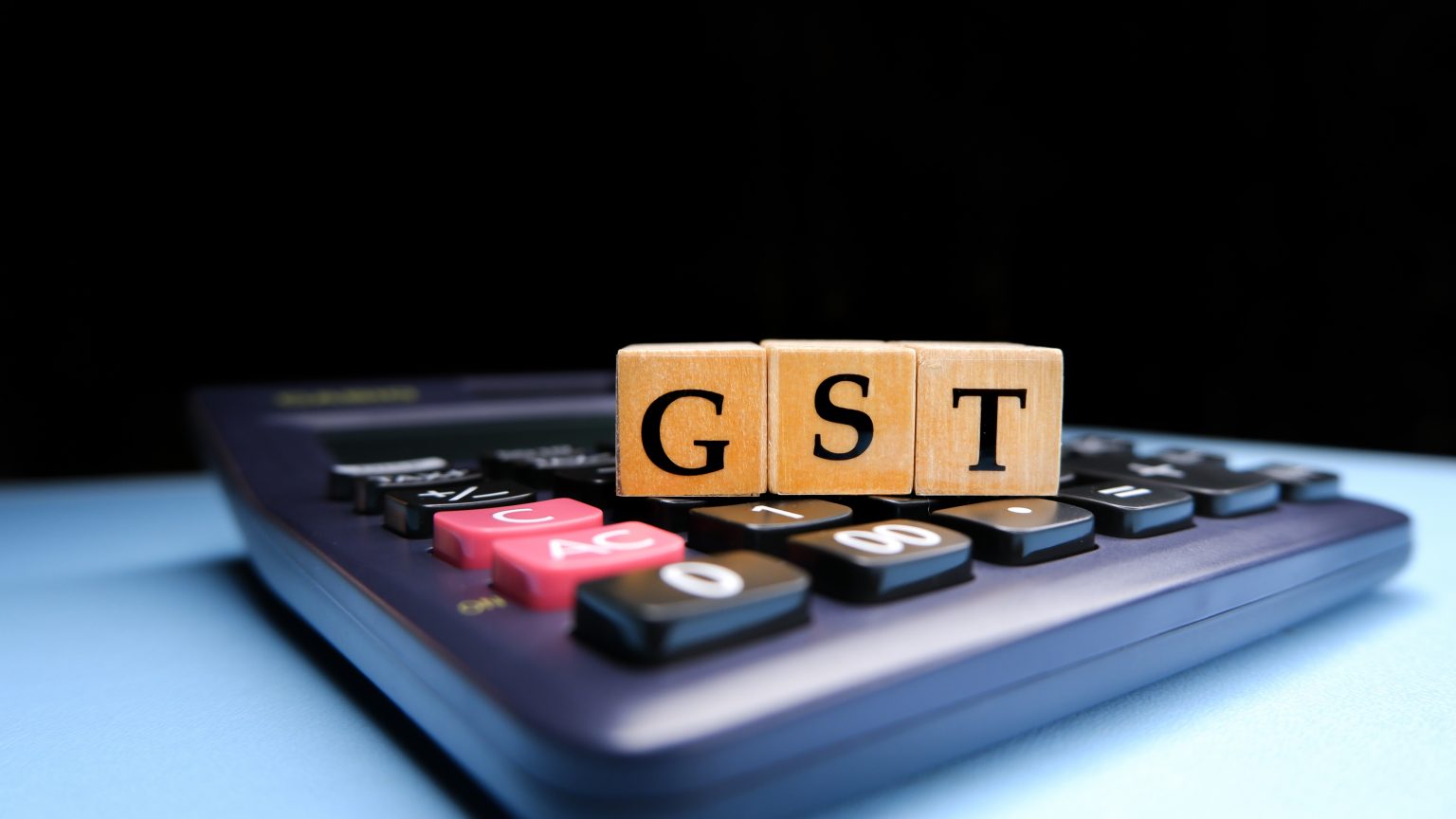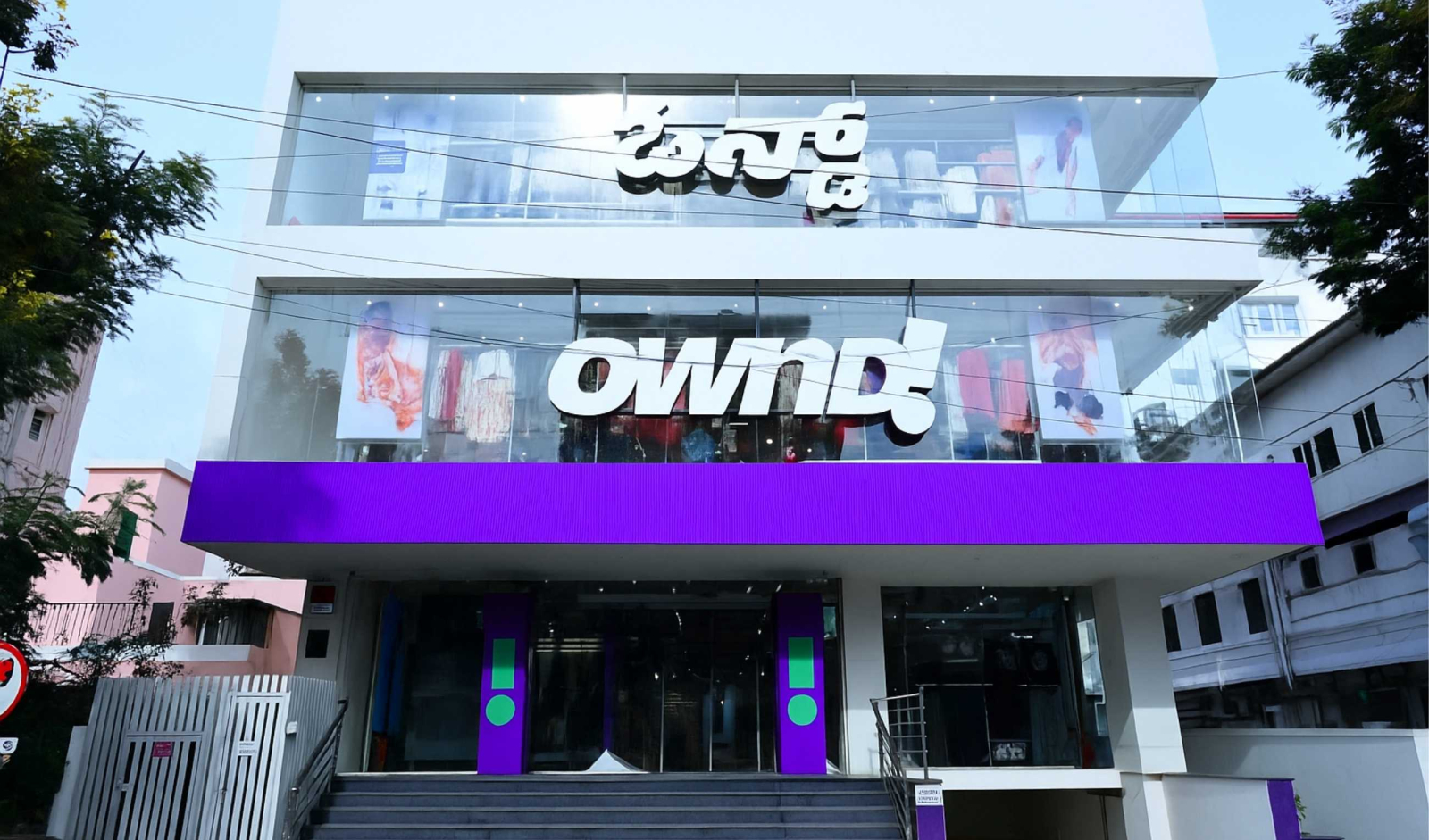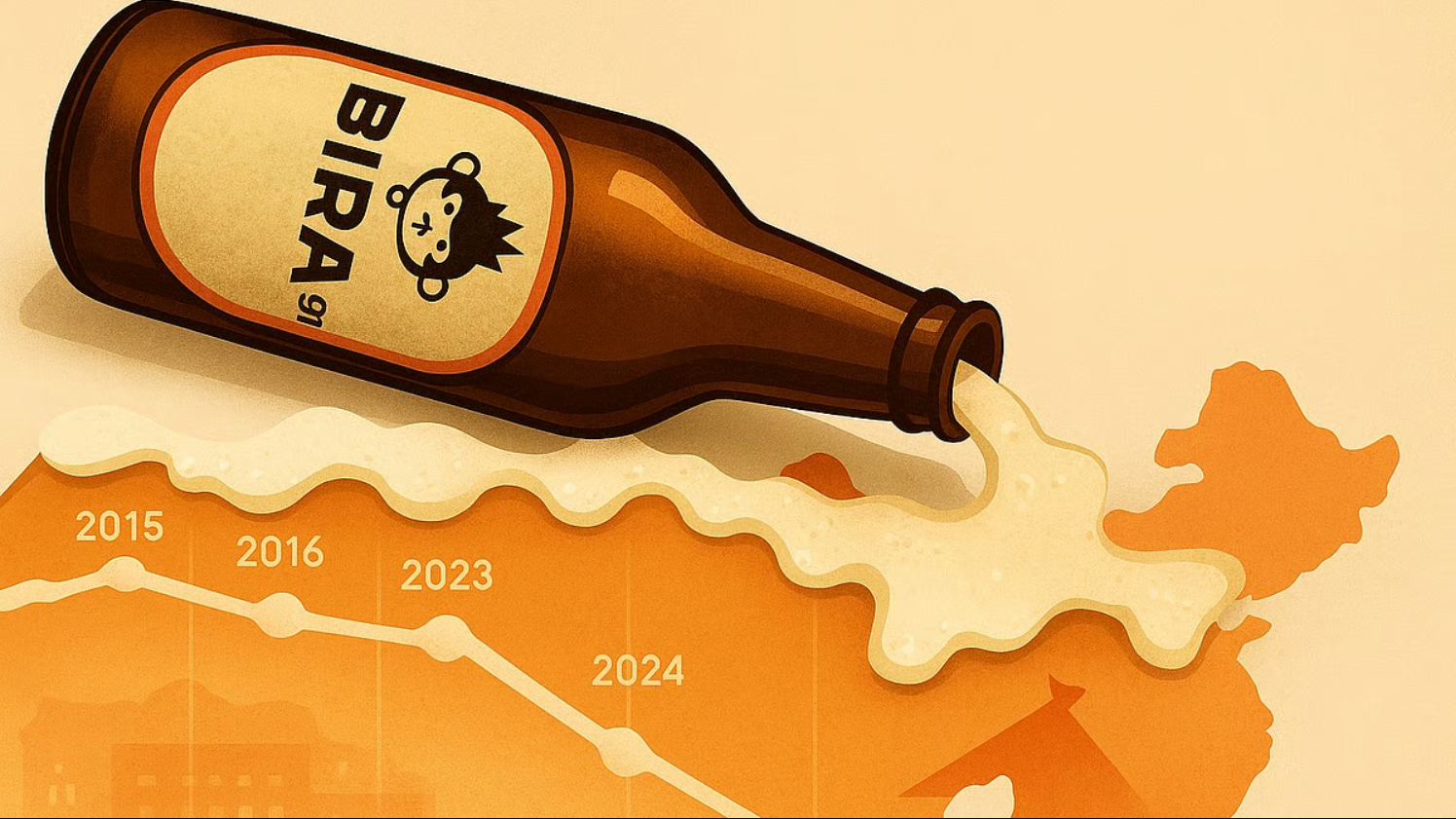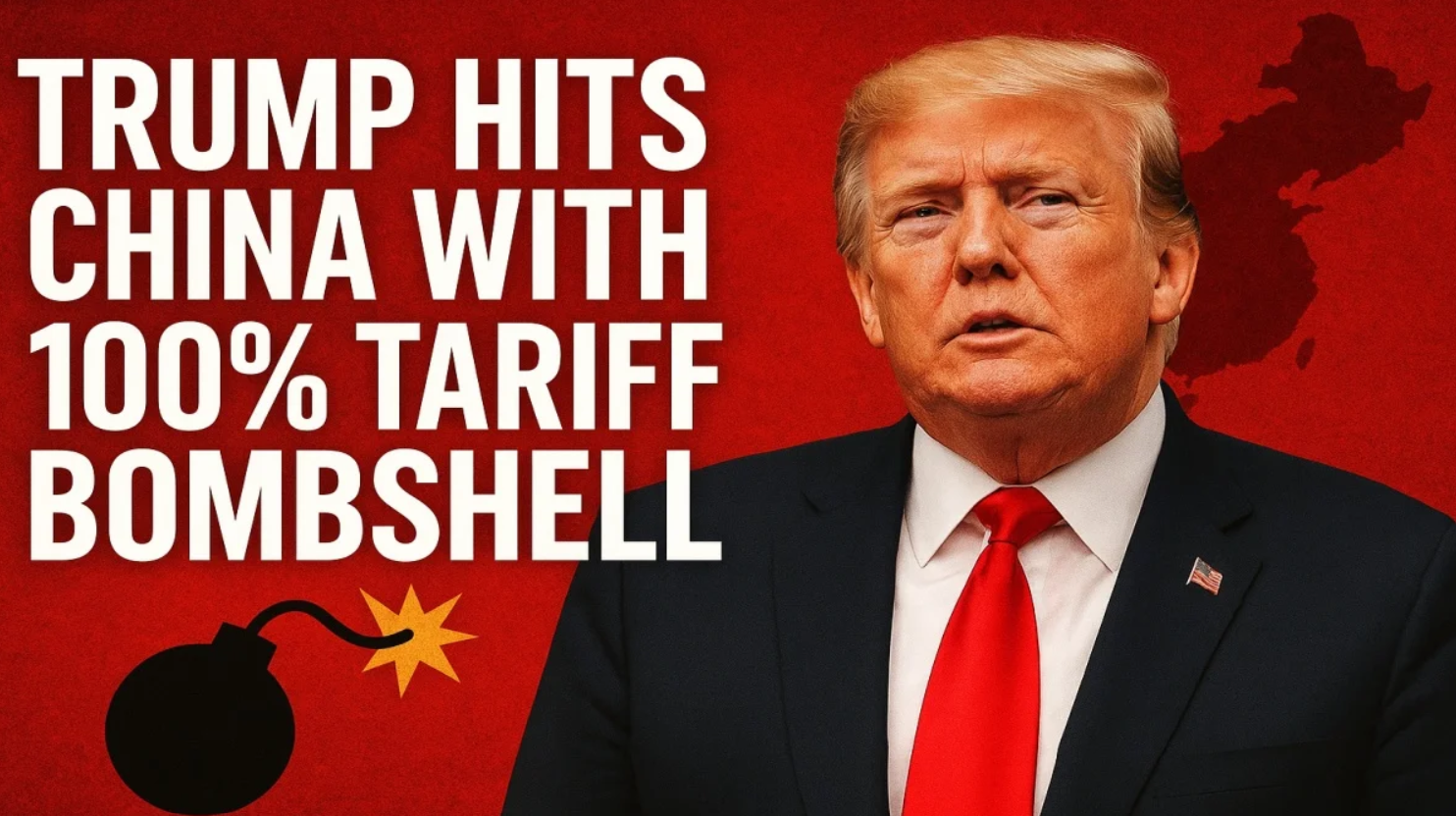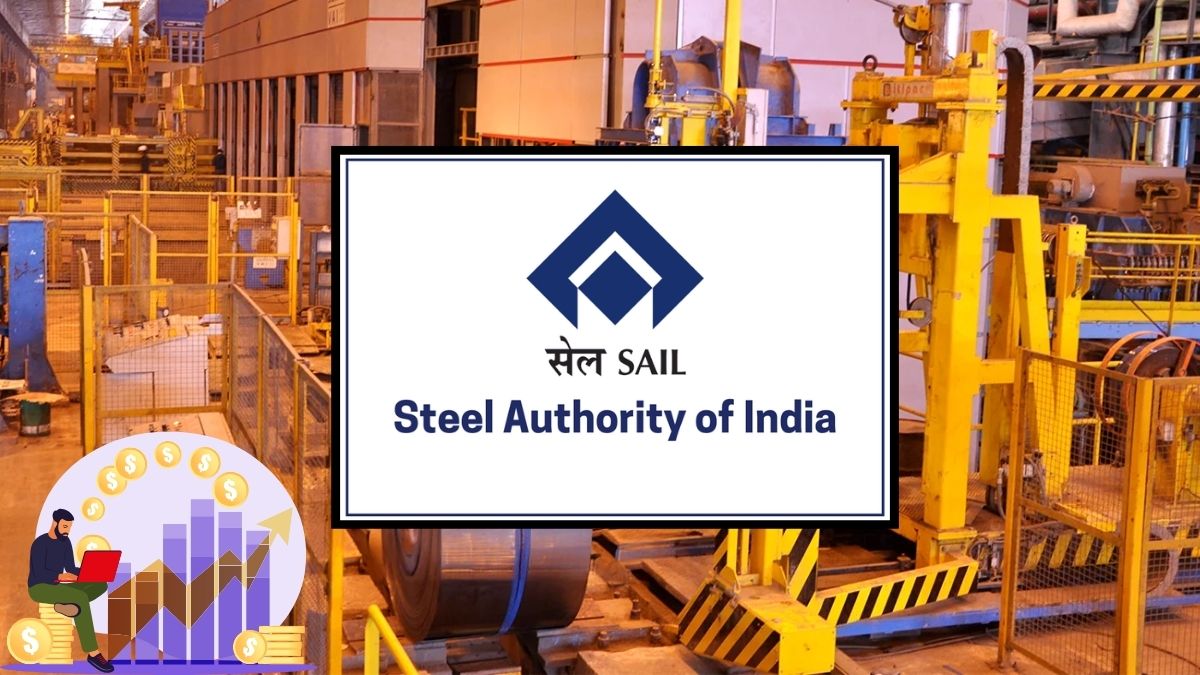In an urgent push to address growing tax leakages in the Goods and Services Tax regime, the Group of Ministers on GST Revenue Analysis held a crucial meeting on Friday in New Delhi. Chaired by Goa Chief Minister Pramod Sawant, the meeting focused on tackling the staggering Rs 2.23 lakh crore in GST evasion reported in the current financial year. The agenda centered on identifying sector specific gaps, misuse of input tax credit, and other key issues that are eroding revenue collections.
The GoM is expected to submit actionable recommendations to the GST Council after its next round of internal discussions. The deliberations took place ahead of the full Council meeting, where structural reforms in GST compliance, rate rationalization, and administrative coordination are expected to take center stage.

At the core of the meeting was a data backed analysis of tax revenue before and after the implementation of GST. Ministers reviewed patterns in voluntary compliance, traced areas where revenue losses are occurring, and discussed how existing tools such as e invoicing and GST audits are being used across states. The misuse of input tax credit remained one of the most prominent concerns, with several states acknowledging it as a loophole exploited by fraudulent entities.
According to the latest government data, voluntary tax payments stand at just under Rs 29,000 crore, highlighting a substantial shortfall compared to the estimated evasion. The finance ministry has expressed the need for urgent reforms, particularly in plugging credit misuse and strengthening IT systems. Finance Minister Nirmala Sitharaman had previously called for states to tighten compliance protocols and enhance enforcement, especially in high risk sectors.
States including Gujarat, Telangana, and Rajasthan shared best practices that have helped them improve revenue collection. These include data triangulation using business to business invoices, automated red flags for suspicious transactions, and strengthened audit systems. The improvements in GST audit coverage were noted with particular interest. From under 63 percent in FY23, audit coverage now exceeds 88 percent in FY25, thanks to more integrated digital systems.
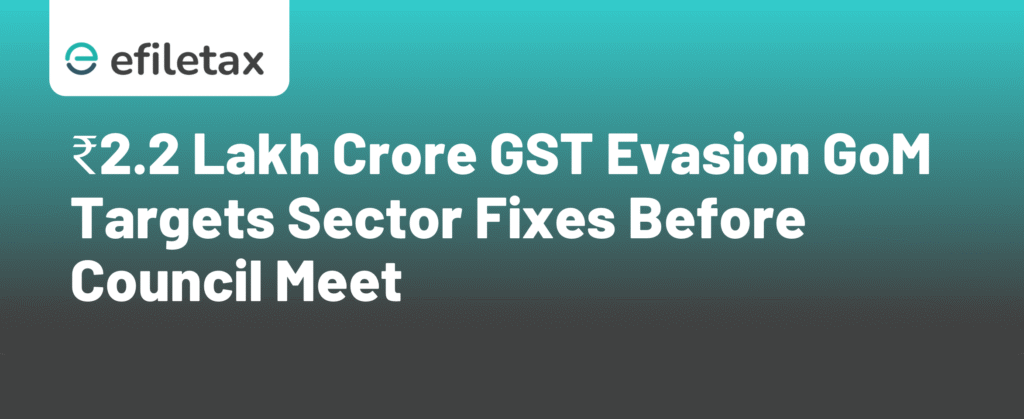
The GoM also examined how better coordination between state and central tax administrations could accelerate compliance improvements. Several ministers emphasized the need for shared databases, real time invoice tracking, and cross checking supplier and buyer declarations to limit tax fraud at the source.
One of the more technical but vital conversations centered on the rationalization of GST slabs. The current structure includes four main tax rates, but discussions are underway to phase out the 12 percent category. A merged slab system may simplify tax compliance and reduce classification disputes. Presently, the 18 percent slab generates nearly two thirds of total GST revenue, followed by 28 percent, five percent, and the twelve percent categories.
The GoM, reconstituted earlier this year, includes representation from nine diverse states including Maharashtra, Tamil Nadu, Punjab, Andhra Pradesh, and Bihar. Each member is expected to contribute region specific insights and collaborate on formulating a unified approach to increasing compliance while maintaining fairness in taxation.
The next meeting of the GoM is scheduled soon, with finalized recommendations expected to be sent to the GST Council thereafter. With evasion figures climbing and budgetary pressures growing, this round of policy shaping could play a critical role in how the Indian tax system evolves to meet the needs of a modern and digitally driven economy.
For more updates on GST reforms, tax strategies, and how policy changes impact your finances, follow You Finance on Instagram and Facebook. Stay informed and financially empowered, every day.



